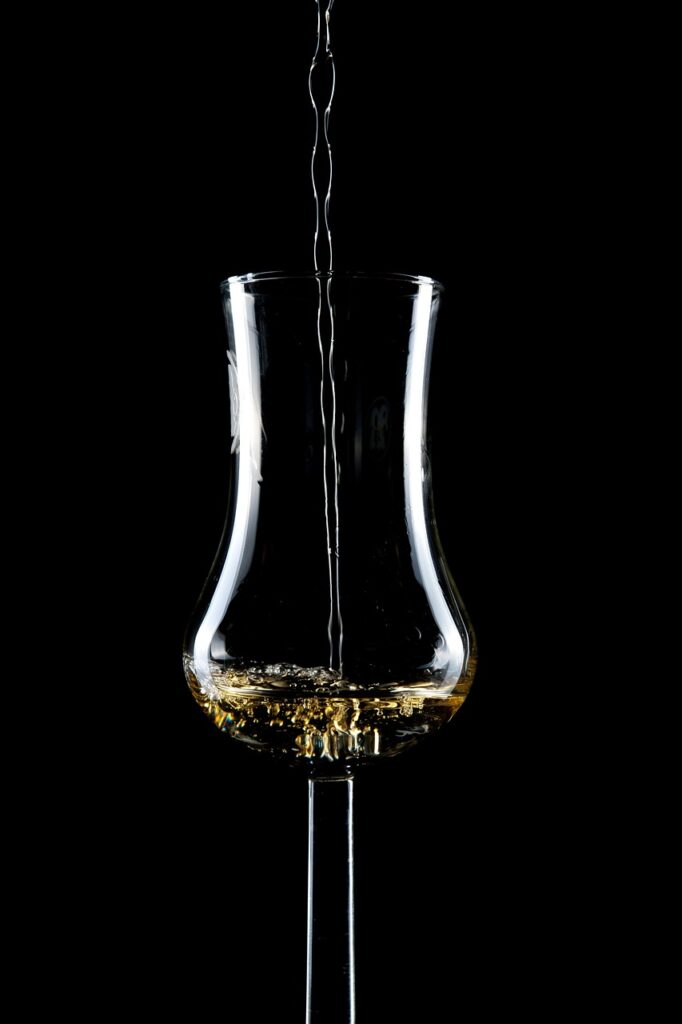
Starting a Whiskey Collection in 2024
As I think about the whiskeys I enjoyed most in 2023, I must say, I am even more excited for the whiskeys set to release in 2024.
If you are reading this article, it’s a safe bet that you have either considered or have experienced the whiskey hunt of waiting in line for an allocated bottle.
When you dedicate hours of your time to obtain a sought after bottle of whiskey, it pays to maintain it properly. Believe it or not, whiskey can be significantly influenced by environmental factors if not stored correctly.
Temperature, light exposure, oxidation and positioning are among some of the influential variables that can make the difference between extending the life of a whiskey and altering its flavor for the worse.
Below are my top 10 tips on how to properly store whiskey. If you follow these tips, you will preserve the flavor profile of your favorite bottles.

I would like to preface this section with the fact that whiskey does not go necessarily “go bad”. The high alcohol content found in most whiskeys acts as a preservative. Therefore, in theory, whiskey will store for an extremely long time prior to it becoming unsafe for consumption.
However, that does not mean that the flavor profile will remain constant if best practices are not being followed. The purpose of this writing is to ensure you maximize the time in which the initial flavor profile of your whiskey will go unaltered.
1. Constant, Cool Temperature:
Keep whiskey at a consistent temperature, ideally between 15°C and 20°C (59°F and 68°F). Fluctuations can cause expansion and contraction, affecting the whiskey’s interaction with the bottle and air. Research indicates that higher temperatures accelerate chemical reactions that can alter flavors.
2. Avoid Direct Sunlight:
UV rays can degrade and oxidize whiskey, altering its flavor. A study in the Journal of the Institute of Brewing found that light exposure, particularly UV, can lead to the formation of undesirable flavor compounds.
3. Maintain Upright Position:
Store bottles upright to prevent the whiskey from interacting with the cork, which can lead to cork taint. A study in Food Chemistry noted that prolonged contact with the cork can leach compounds into the whiskey, potentially altering its taste.
4. Control Humidity:
High humidity can lead to mold growth and label damage, while low humidity can cause cork dryness. Aim for a relative humidity around 60-70%. Research in the field of wood-cork interaction suggests that this range helps maintain cork integrity.
5. Minimize Air Exposure:
Once opened, try to minimize air exposure. Oxygen can lead to oxidation, changing the flavor profile. A study in the Journal of Agriculture and Food Chemistry found that oxidation can lead to the formation of new compounds, altering aroma and taste.
6. Use Smaller Bottles for Partially Drunk Whiskey:
Transfer whiskey to smaller bottles to reduce the air-to-whiskey ratio if you’ve consumed a significant portion. This limits oxidation, as supported by a study in the Journal of Food Science.
7. Avoid Contamination:
Keep your whiskey away from strong odors or chemicals, as whiskey can absorb these odors, affecting its flavor. A study in Environmental Science & Technology highlights the porous nature of whiskey containers and their susceptibility to external odors.
8. Optimal Storage Container:
Glass is the best material for storing whiskey, as it’s inert and doesn’t interact with the contents. Research in Packaging Technology and Science confirms glass’s superiority over other materials in preserving flavor and aroma.
9. Regular Inspection:
Regularly check the seal and cork integrity to prevent air ingress and evaporation. Studies on evaporation rates in spirits emphasize the importance of airtight storage to prevent flavor alteration.
10. Avoid Vibrations:
Store whiskey in a place with minimal vibrations. Constant agitation can subtly change the whiskey’s composition, as suggested by a study in the journal Distillation and Brewing.

As I think about the whiskeys I enjoyed most in 2023, I must say, I am even more excited for the whiskeys set to release in 2024.

Have you ever wondered how climate impacts your favorite type of whiskey?

We hear the term “Bottled in Bond” thrown around quite frequently in the whiskey community. But what does it truly mean?

Here is my top 10 most enjoyed bourbons for 2023. Number 7 will surprise you.